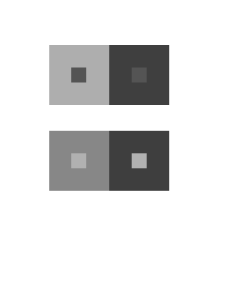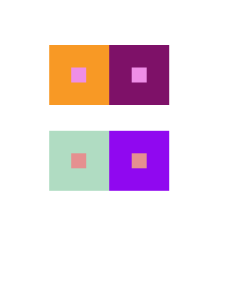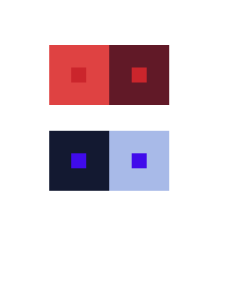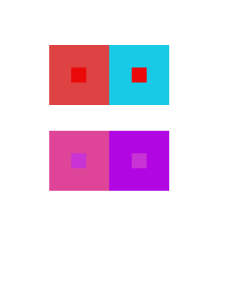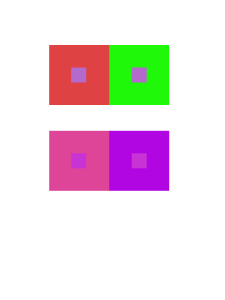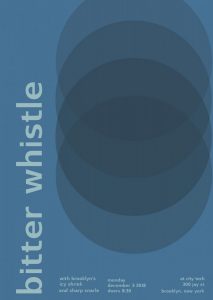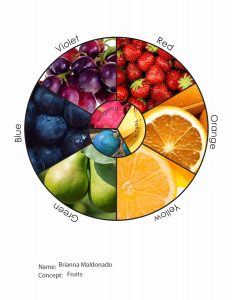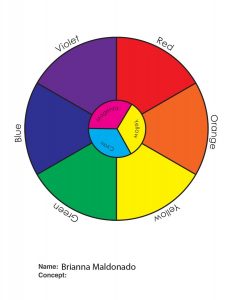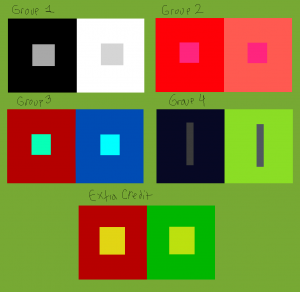The glossument book called i heard the book called my name is originally remade from a book called i heard the owl call my name. In this book, it contains vocabulary that the artist discovered and learnt throughout the first semester of the first college year. The pages in the book are covered in black paint and the idea was inspired by blackout poetry from “A Humument” by Tom Phillip. The author is not much of a artist so it was a first time experience. This glossument book was made by Giraffe, a first year college student.
Giraffe made a lot of research before starting this project to make sure the book isn’t wasted. Giraffe’s inspiration was from a ted talk video that was showed in class and some articles. One article Giraffe learned from was “What is Blackout Poetry?”. The article was the first step for Giraffe, her first time doing blackout poetry. The article gave her guides for blackout poetry, what to do right and what not to do. These research has gave Giraffe many ideas on how to customize the glossument book using a different way of blackout poetry.
The author’s concept was to cover the pages in black and use a folded paper with writings and drawings on the inside, when seeing the folded paper, you will be required to open it and read it, similar to opening a book again. The author wanted to give the readers a sense of a new book when opening the page within the glossument book instead of just having a feeling of opening the book before it was edited. Giraffe wanted to draw the readers to the book like its calling them to open my paper just like the title of the book, “I heard the Book Call My Name”. The material used for the pages in the book was gouache paint, sketchbook paper, pencils and inking pen.
The process on making this project requires a great sacrifice of the book. You would need to rip some pages out due to the fact that the sketchbook folded paper takes up the space and also paint every two pages with black paint. It takes a lot of time because the paint, two pages because the pages are very thin and can be paint through. It also needs to dry before being able to paint the next page. After the pages of the paint drys the artist folded and cut up sketchbook paper and glued it to the painted page. Then comes the glossary words and art that is drawn and written into the sketchbook paper. The author used only one concept, blackout poetry and didn’t want to use others because it wouldn’t look organized, she wanted to stick to one thing only.
The theme of Giraffe’s book is a plain simple book. She didn’t want to make it complicated and confused the readers and lead them to something else and this was the first time for her when it comes to art. She mostly just enjoys working on digital so she decided to work on a theme that suits her. Some colors she used in this glossument book is black and white. This project was a simple project it wasn’t all that hard but it takes time. Giraffe has used that time to create pages in a page in her book.


